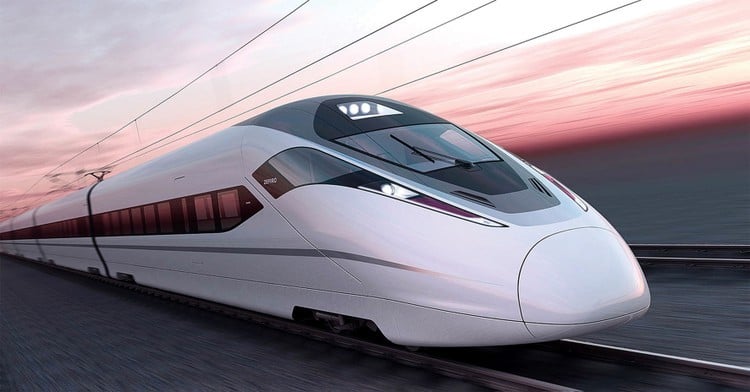 |
| High-speed rail. (Illustration photo - Source: Shutterstock) |
Urgent economic needs
High-speed trains have long served as the lifeblood of logistics and transportation in many developed countries. The ability to quickly transport passengers and goods over long distances, as well as help ease highway congestion, are just a few of the invaluable benefits that high-speed rail offers.
In the freight transport sector, high-speed rail can make a huge contribution. It provides a fast and reliable mode of transporting goods, ensuring timely delivery of products. This helps improve production and supply chain efficiency, save costs and enhance competitiveness in the global market.
Many experts and managers also believe that Vietnam cannot delay any longer in developing high-speed railways. Investing in high-speed railways is a long-term investment for the future.
Developing the railway system, especially high-speed railway, will create a uniform transport network between roads, air, waterways and railways, increase effective connectivity between regions, reduce logistics costs, and contribute to economic development.
Speaking to reporters, Dr Majo George, Senior Lecturer in Logistics and Supply Chain Management, School of Business, RMIT University Vietnam, said: “Building a high-speed rail network will significantly improve Vietnam’s connectivity with neighboring countries. This will help make trade and transport links with Cambodia, Laos and China more efficient, thereby positioning Vietnam as a regional logistics and marketing hub.”
According to him, the initiative to build a North-South high-speed railway promises to reshape Vietnam’s economic landscape, while also elevating the country’s position as a strategic logistics hub on the regional map. The ability to move people and goods quickly on a high-speed rail network is of particular importance to Vietnam. This innovation is not simply a matter of convenience, but also an urgent economic need.
3 scenarios for the North-South high-speed railway project
Recently, the Ministry of Transport (MOT) submitted to the Government Standing Committee a project on investment policy for the North-South high-speed railway. According to research, the North-South high-speed railway project focuses on 3 main scenarios:
Scenario 1 : Invest in building a new double-track North-South high-speed railway, 1,435mm gauge, designed speed of 350km/h, load capacity of 17 tons/axle, only for passenger trains. The existing North-South railway is upgraded to transport goods, tourists and short-distance passengers. Total investment capital is about 67.32 billion USD.
Scenario 2 : Construction of a new double-track North-South railway line, 1,435 mm gauge, designed speed of 200-250 km/h, load capacity of 22.5 tons/axle, joint operation of passenger and freight trains. The existing North-South railway line is modernized to transport goods, tourists and short-distance passengers. Total investment capital is about 72.02 billion USD.
Scenario 3 : Invest in a double-track North-South railway line, 1,435mm gauge, designed speed of 350km/h, load capacity of 22.5 tons/axle, operate passenger trains and reserve for freight when needed. Upgrade the existing railway line to transport goods, tourists and short-distance passengers. Total investment capital of the project is 68.98 billion USD.
In this scenario, if we invest in infrastructure, equipment, and vehicles to operate cargo trains running North-South, the project investment capital will be about 71.69 billion USD.
Notably, in the draft Project on investment policy for high-speed railway on the North-South axis, the Ministry of Transport proposed choosing scenario 3 for investment implementation.
What to do to make it happen?
Commenting on the draft of this Project, the Ministry of Construction agreed with the policy of investing in the North-South high-speed railway, while the Ministry of Planning and Investment said that the three scenarios proposed by the Ministry of Transport were not suitable.
On the experts' side, Associate Professor Dr. Doan Minh Tam, Senior Researcher in Transport, said that he completely agreed with the policy of investing in high-speed railways on the North-South axis, but should only focus on choosing two options, which are not to immediately invest in building a high-speed railway designed at 350km/h, but only choose to invest in building a high-speed railway with a design speed of 200-250km/h separately or a standard railway with a design speed of 150km/h shared.
According to Associate Professor Dr. Tran Chung, Chairman of the Association of Investors and Transport Construction (Varsi), currently only four countries, Japan, Germany, Italy and Spain, have mastered the technology of high-speed railways of 350km/h. Russia cannot even produce rails. China has just begun to approach and is gradually mastering this technology.
Experts note that the Ministry of Transport needs to carefully analyze scenario 3 based on two factors: Scientific basis and practical lessons from around the world.
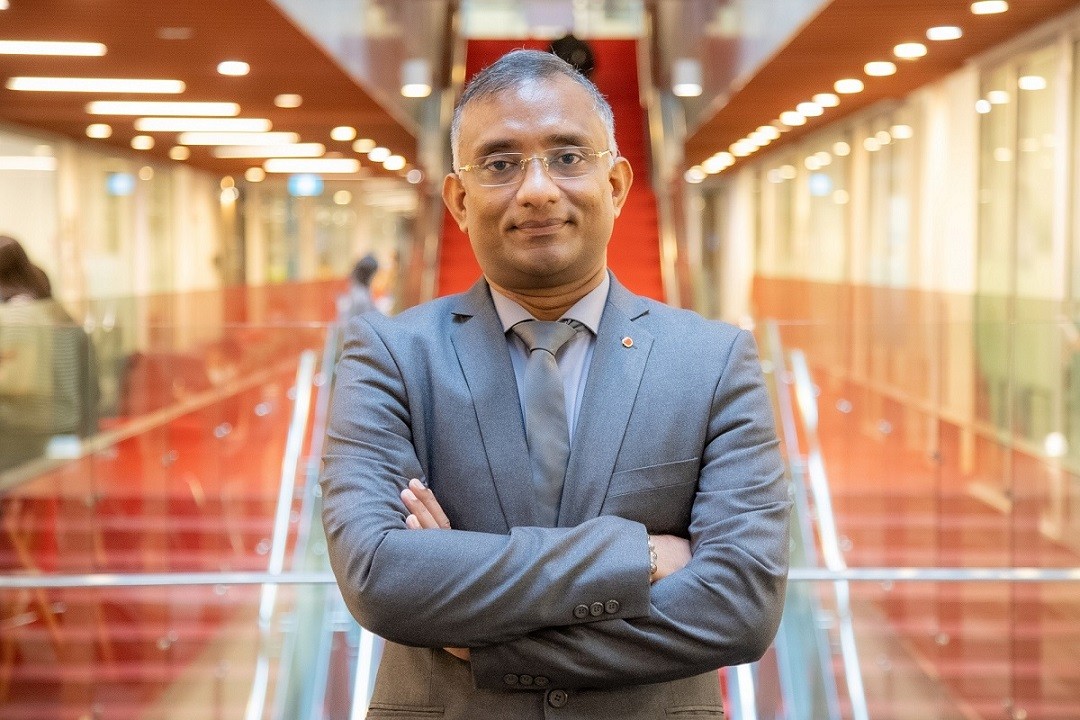 |
| Dr Majo George, Senior Lecturer in Logistics and Supply Chain Management, School of Business, RMIT University Vietnam. (Source: RMIT) |
Meanwhile, Dr. Majo George said that Vietnam has two main options when building a high-speed rail network. The first approach is to establish elevated railway lines connecting many provinces and cities. Although this approach initially seems more practical, it has difficulties in site clearance, leading to delays and increased costs.
With the remaining option, Vietnam builds a network of elevated railways and automobiles on existing highways or across the sea. If it crosses the sea, it must arrange enough entry/exit points in key provinces and cities.
While this approach requires a higher initial investment, it can help reduce costly land clearance processes and travel distances, which can yield significant long-term benefits, according to Dr. Majo George. Recent technological advances have made elevated rail systems possible, including rail lines over existing highways, undersea tunnels, bridges and floating tracks, he said.
“Building a rail system that runs on highways or across the sea can accelerate the establishment of a high-speed rail network connecting the northern and southern regions, while also being able to withstand different weather conditions and ensure year-round operation. With careful planning and a thorough environmental impact assessment, Vietnam can realize its goal of building a high-speed rail network that is both economically beneficial and environmentally responsible,” said Dr. Majo George.
At a meeting with Minister of Transport Nguyen Van Thang on November 14, Ms. Manula V. Ferro, Vice President of the World Bank (WB) for East Asia and the Pacific, stated that the railway and expressway projects proposed by the Ministry of Transport are very necessary because of their high connectivity and significance not only for the socio-economic development of Vietnam but also for the region. Therefore, the WB can significantly participate in these projects.
At the same time, the WB committed to closely coordinate with the Ministry of Transport to be able to implement projects with capital support from the WB within the time frame desired by the Prime Minister.
“The implementation of a high-speed rail network requires collaboration between government agencies, private enterprises and international partners. Regardless of which path Vietnam chooses to take, it possesses the technological and logistical capabilities needed to realize this vision,” said Dr. Majo George.
Source




![[Photo] Readers line up to visit the photo exhibition and receive a special publication commemorating the 135th birthday of President Ho Chi Minh at Nhan Dan Newspaper](https://vphoto.vietnam.vn/thumb/1200x675/vietnam/resource/IMAGE/2025/5/17/85b3197fc6bd43e6a9ee4db15101005b)

![[Photo] More than 17,000 candidates participate in the 2025 SPT Competency Assessment Test of Hanoi National University of Education](https://vphoto.vietnam.vn/thumb/1200x675/vietnam/resource/IMAGE/2025/5/17/e538d9a1636c407cbb211b314e6303fd)
![[Photo] Prime Minister Pham Minh Chinh chairs meeting on science and technology development](https://vphoto.vietnam.vn/thumb/1200x675/vietnam/resource/IMAGE/2025/5/17/ae80dd74c384439789b12013c738a045)
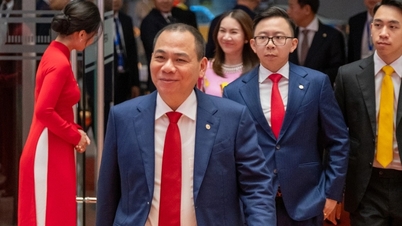

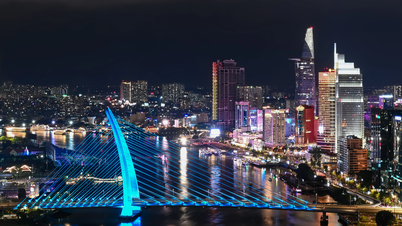


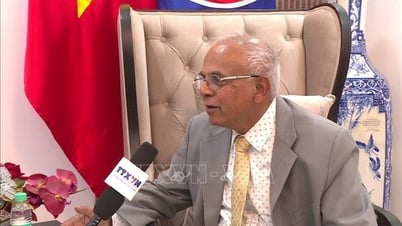


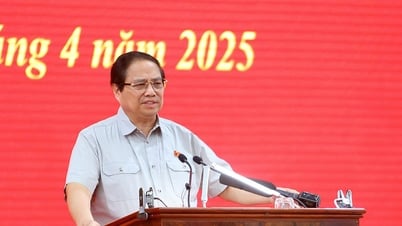

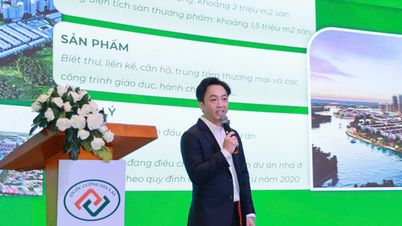

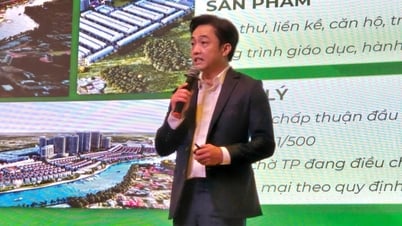

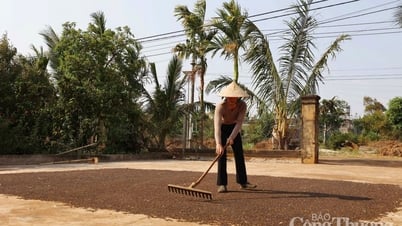








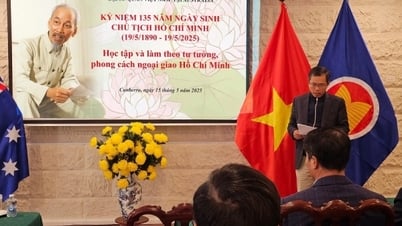
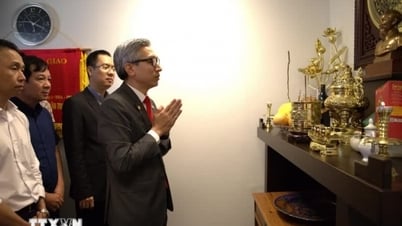
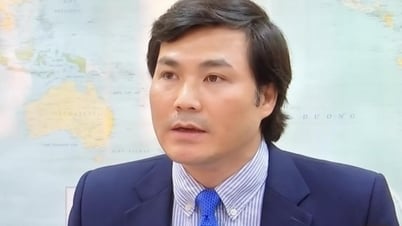

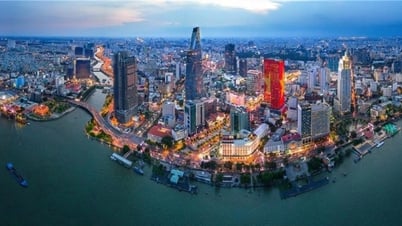
![[Photo] Nearly 3,000 students moved by stories about soldiers](https://vphoto.vietnam.vn/thumb/1200x675/vietnam/resource/IMAGE/2025/5/17/21da57c8241e42438b423eaa37215e0e)






































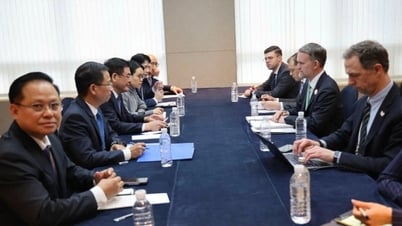














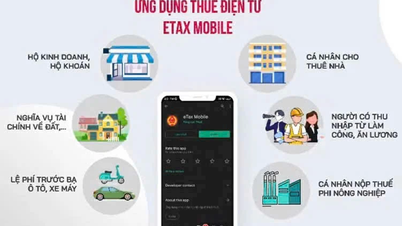

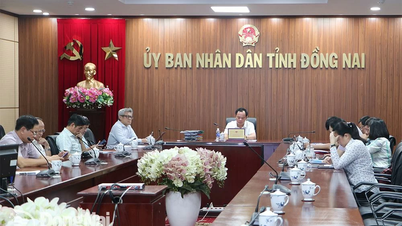
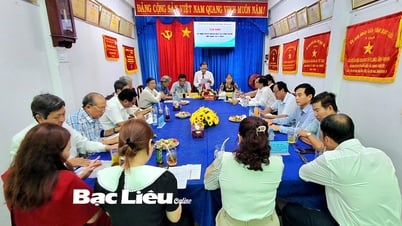
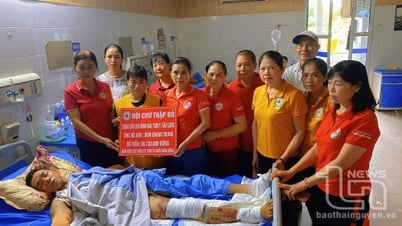











Comment (0)